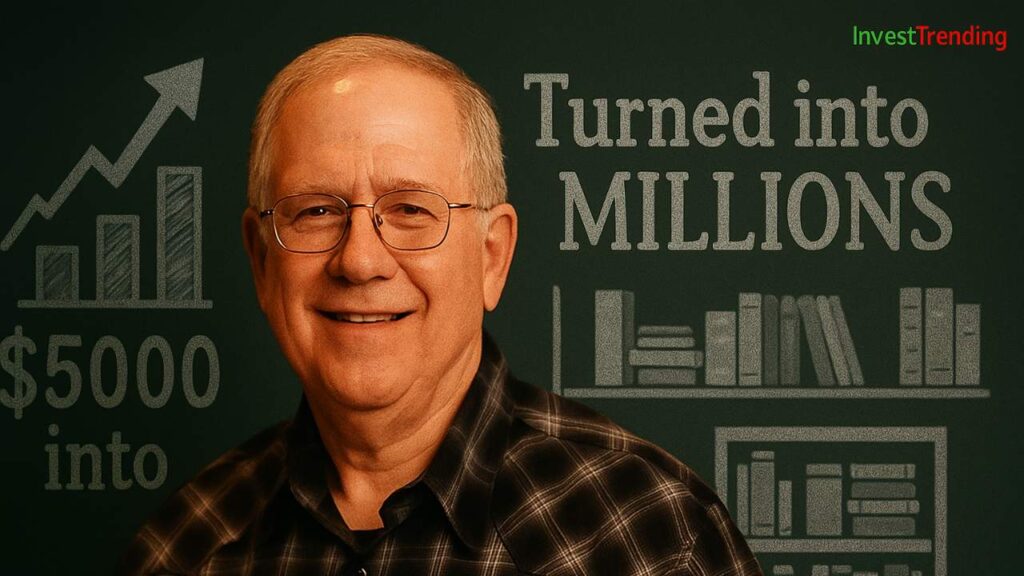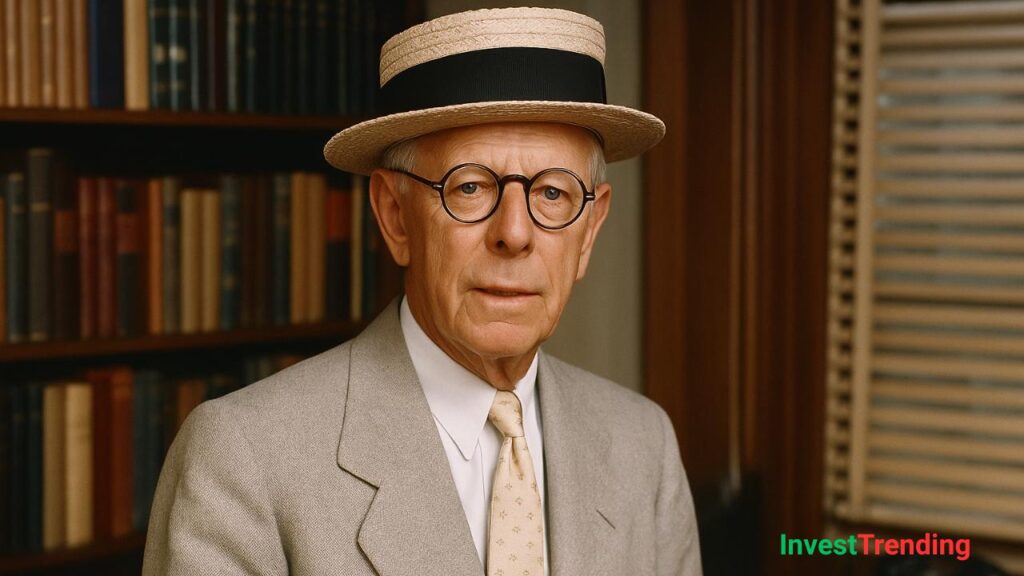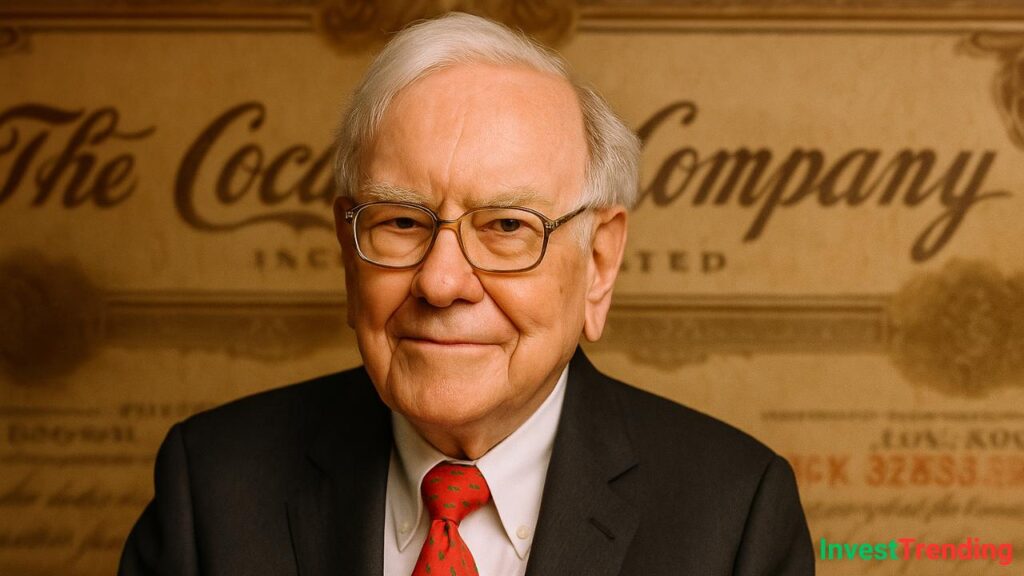
“Win or lose, everybody gets what they want out of the market. Some people seem to like to lose, so they win by losing money.”
– Ed Seykota
Ed Seykota is a name that resonates with every serious trader. He is often regarded as one of the greatest traders of all time, having transformed a small investment of $5,000 into millions. Unlike many traders who rely on gut feelings or traditional technical analysis, Seykota revolutionized trading by pioneering computerized trading systems. His journey is one of innovation, discipline, and an unshakable belief in trend-following strategies.
This blog post explores Seykota’s life, his groundbreaking trading philosophy, his strategies, and the invaluable lessons traders can learn from him.
Early Life and Education
Ed Seykota was born on August 7, 1946, in the United States. He was naturally curious and had an analytical mind from a young age. His academic journey led him to the prestigious Massachusetts Institute of Technology (MIT), where he pursued Electrical Engineering and Management.
While studying at MIT, Seykota was exposed to data analysis, statistical modeling, and early computing technologies. These subjects later played a crucial role in shaping his innovative approach to trading. During this time, he developed a keen interest in financial markets, fueled by books, discussions with professors, and personal observations of stock price movements.
“Emotional investment is probably the single most important thing to avoid in trading.”
– Ed Seykota
Entry into the Trading World
In the early 1970s, Seykota joined a brokerage firm where he was introduced to the trading business. However, he soon realized that traditional trading methods were inefficient. He saw an opportunity to use computers to analyze market trends and automate trading decisions. This led him to develop one of the first-ever computerized trading systems, a pioneering step that put him years ahead of his peers.
His early breakthrough came when he applied Richard Donchian’s trend-following principles to his own trading system. By coding trading rules into a computer, he was able to backtest and refine his strategy with greater precision than manual traders could.
“The elements of good trading are: (1) cutting losses, (2) cutting losses, and (3) cutting losses. If you can follow these three rules, you may have a chance.”
– Ed Seykota
The Birth of Computerized Trading Systems
Before the 1970s, trading was largely driven by intuition and fundamental analysis. Traders relied on newspaper stock quotes, hand-drawn charts, and subjective decision-making. Seykota disrupted this approach by programming computers to recognize and act on profitable market trends.
He developed algorithms that automatically bought and sold assets based on market trends. His strategy was simple but effective:
- Identify long-term trends.
- Enter trades when a trend is confirmed.
- Exit trades when the trend reverses.
- Keep losses small and let profits run.
This systematic approach eliminated emotions from trading, allowing for consistent and objective decision-making. The results were extraordinary—his model portfolio achieved returns in the thousands of percentage points over a period of several years.
“It’s not whether you’re right or wrong that’s important, but how much money you make when you’re right and how much you lose when you’re wrong.”
– Ed Seykota
Trading Strategies and Philosophy
Seykota’s trading success can be attributed to a few fundamental principles that he rigorously follows:
1. Trend Following
- Seykota’s philosophy is rooted in trend-following strategies. He believes that markets move in identifiable trends and that traders should ride those trends until they show signs of reversal.
- He doesn’t attempt to predict market direction but instead reacts to what the market is telling him.
2. Cutting Losses Quickly
- One of his most famous quotes is: “The key to long-term survival and prosperity has a lot to do with the money management techniques incorporated into the technical system.”
- He believes in exiting losing trades swiftly to avoid significant drawdowns.
3. Letting Profits Run
- Seykota emphasizes that traders should not exit winning trades prematurely.
- He holds positions for as long as the trend remains intact, maximizing returns from big market moves.
4. Risk Management and Position Sizing
- He never risks a significant portion of his capital on a single trade.
- His trading system is designed to manage risk by adjusting position sizes based on volatility and trend strength.
5. Emotional Discipline
- He believes that emotional trading is the biggest downfall for most traders.
- By sticking to a system, he removes human bias and fear-based decisions from his trading.
“The trend is your friend until the end when it bends.”
– Ed Seykota
Achievements and Legacy
Ed Seykota’s legendary status was cemented when he was featured in Jack Schwager’s Market Wizards book, where he revealed some of his biggest successes:
- He turned a $5,000 account into over $15 million in just over a decade.
- His returns have been so extraordinary that they are rarely matched by even the most sophisticated hedge funds.
- Many top traders and fund managers have adopted his trend-following approach.
His contributions to computerized trading paved the way for the development of modern algorithmic trading. Today, many of the world’s leading hedge funds and proprietary trading firms use principles derived from Seykota’s methodologies.
Where is Ed Seykota Now?
In recent years, Seykota has stepped away from the public eye, focusing on personal projects, trading, and mentoring select traders. He currently resides in Texas and occasionally shares insights through trading forums and interviews. While he no longer manages public funds, his influence remains strong in trading communities worldwide.
Key Lessons from Ed Seykota
For traders looking to emulate Seykota’s success, here are some critical takeaways:
- Follow the trend: Don’t fight the market; ride its momentum.
- Trade with discipline: Have a systematic approach and stick to it.
- Manage risk: Never risk too much on a single trade.
- Be patient: Let winning trades run to maximize gains.
- Control emotions: Avoid panic and greed-driven decisions.
Conclusion
Ed Seykota’s journey is a testament to the power of systematic trading. By leveraging technology and maintaining strict discipline, he was able to achieve legendary status in the trading world. His principles continue to guide traders, proving that success in the markets is not about predictions but about discipline, strategy, and risk management.
Aspiring traders can learn a great deal from Seykota’s philosophy. By following trends, managing risk, and keeping emotions in check, they can build sustainable trading careers.
If you found this article insightful, share it with fellow traders and comment below on which of Seykota’s principles you find most useful!
“Systems don’t need to be changed. The trick is for a trader to develop a system with which he is compatible.”
– Ed Seykota



